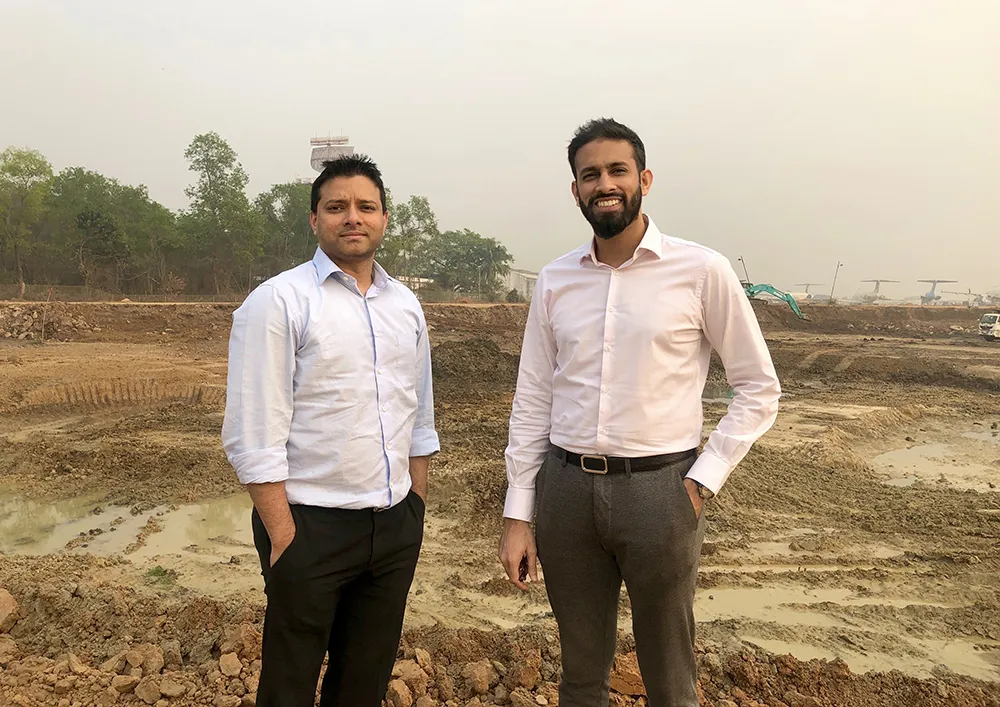
After gaining independence from Pakistan in 1971, Bangladesh was the second poorest nation in the world. It experienced poverty, natural disasters and even a famine in 1974.
Fast forward 50 years, to 2021 and the contrast couldn’t be more astonishing. Bangladesh’s GDP per capita has surpassed its South Asian neighbours – India, Pakistan and Sri Lanka. The country has experienced consistent economic growth over the past decade. Despite the covid pandemic, its economy grew over six per cent per annum, one of the highest among all nations, during that period.
Bangladesh is now on a journey to becoming an upper middle-income country by 2031 and a developed nation by 2041. With this growth in the economy came massive public sector spending. Over the past decade, infrastructure development in Bangladesh has been booming.

The Government has recently completed building the 6.15 km Padma Bridge at a cost of US$3.6 billion, connecting the less developed southwest to the northern and eastern regions of the country. It is a construction marvel as it is the deepest bridge in the world, with piles installed as deep as 127 metres.
The first phase of the Dhaka Metro Rail, funded by the Japan International Cooperation Agency (JICA), has just opened its doors to the public. This mass rapid transit system is estimated to serve more than 60,000 passengers per hour. The Dhaka Elevated Expressway, which is opening soon under a Public Private Partnership model, is the longest elevated expressway of the country, running 46 km through Dhaka, the capital city. Agencies such as Asian Development Bank (ADB), World Bank, JICA, Korean Expressway Corporation are also closely involved with the development of Bangladesh’s road safety and regulations on the national highways.
I got the opportunity to catch up with two dynamic entrepreneurs, who are working at the forefront of these exciting projects. Riyad Husain and Rizwan Mustafiz, both 40, completed their higher education in the UK and Canada respectively in the mid 2000s and returned to their country 15 years ago. They are the founding partners of NDE Infratech, an exciting company working with a lot of energy and grit in Bangladesh’s transportation technology sector. They were awarded Bangladesh’s first ITS Project last year by the Roads and Highways Department under the Ministry of Road Transport and Bridges. The US$15 million ITS project, funded by Asian Development Bank (ADB), involves a 252-kilometre highway, which will be efficiently managed and monitored with Intelligent Transport System (ITS) and Weigh in Motion (WIM) System. NDE Infratech is also executing a separate 10-lane Weigh in Motion (WIM) project under Bangladesh Bridge Authority (BBA), in partnership with Regnum and India’s ITS and WIM contractor Vaaan Infra. Throughout the first half of 2023, the team at NDE Infratech had been busy preparing to bid for their most exciting project in the transportation sector to date. The Technical Division of the Roads and Highways Department of Bangladesh, led by the visionary Engineer, Dr Md. Abdullah Al Mamun, has recently floated a tender for a US$25-30 million Weigh in Motion (WIM) project.

Overloaded trucks have historically been a major problem in Bangladesh. Installation of permanent axle load control stations was seen to be the best solution for enforcement. With this project, the Roads & Highway Department aims to implement 28 Axle Load Control Stations in one go, at all the major national highways across the country. The 28 locations combined will have 90 lanes of Weigh in Motion (WIM) system, consisting of 62 HS-WIM and 28 LS-WIM.
Among the major components, there will be a pre-selection sub-system at the main carriageways utilising an HS-WIM system, evasion control sub-system and the core in-station traffic management sub-system with the LS-WIM, which will also use RFID readers, ANPR cameras, VMS, Surveillance System and Automatic Lane Barriers to run the operation. There will also be a Main Control Centre to monitor the entire country’s Axle Load Control Station operations from one location. So theoretically, overloaded vehicles running across the whole country will be monitored and regulated. The scale and magnitude of this WIM project makes it unique, and it is no surprise that this tender has attracted interest from bidders across the world. The project will most likely be awarded by the last quarter of this year.
The good news is that this is merely the start of such large-scale projects in Bangladesh. As most of Bangladesh’s National Highways are being upgraded to four-lanes, ITS will grow hand in hand in this untapped market. While companies like NDE Infratech will have the local knowledge and on-ground execution capability, they will need experienced foreign partners to work closely with the company to develop this exciting sector.
Content produced in association with NDE Infratech










